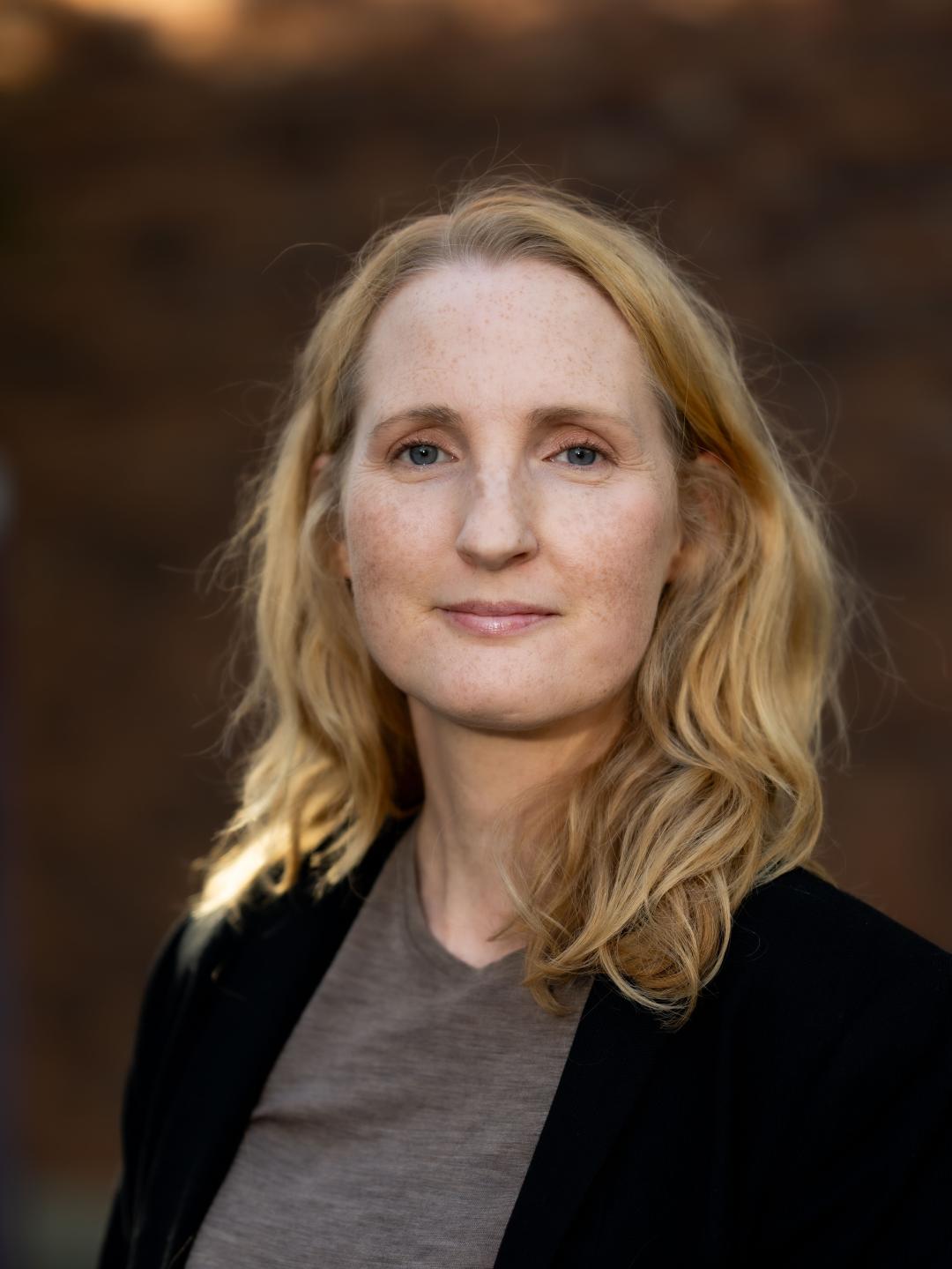Tips from the staff
Self-archiving in KI Open Archive increases visibility and guarantees long-term availability of your research articles.
Open Research Data is an area of Open Science that is gaining momentum. One example of an open dataset from KI that has already proved useful to researchers around the world is the CSAW-CC mammography dataset which was made openly available by Fredrik Strand’s research team after approval from the KI data protection office.
There is a major ongoing project at KI aiming to create both secure storage and make available research data from KI in the future. This applies both to research data that can be published completely openly and also to research data that contains data worthy of protection that can primarily be shared only with metadata.

I would like to recommend Acta Logopaedica, a newly launched open access journal in speech therapy-related fields. The editor-in-chief and several members of the editorial board are from CLINTEC at KI. It is available on the National Library’s platform, Publicera.

The majority of research articles authored by KI researchers are published open access with Creative Commons licenses in line with KI's open publishing policy, and this has been the case for many years.

As a new student at KI, I’d recommend taking advantage of some really useful resources and services: the library’s reference guides, academic writing support, and access to digital tools. You’ll quickly see how practical they are!
I want to recommend Torget, which is centrally located at the University Library in both Solna and Flemingsberg. These are areas for people to meet physically, places for the academic conversation.
Did you know that you can publish with immediate open access in more than 12,000 journals without having to pay an open access publication fee? You can find the journals using the Open Access/APC Checker Tool on the library's website or via the Staff Portal among the digital tools.
Are you about to publish an article and the publisher asks if there is a DOI for your dataset?
These days we’re for obvious reasons communicating information about the ongoing pandemic both widely and broadly. Visually-oriented creatures that we are, images frequently accompany this information, clearly intended to entice us to further reading. Yet what kinds of images are these and what exactly are they communicating to us?





